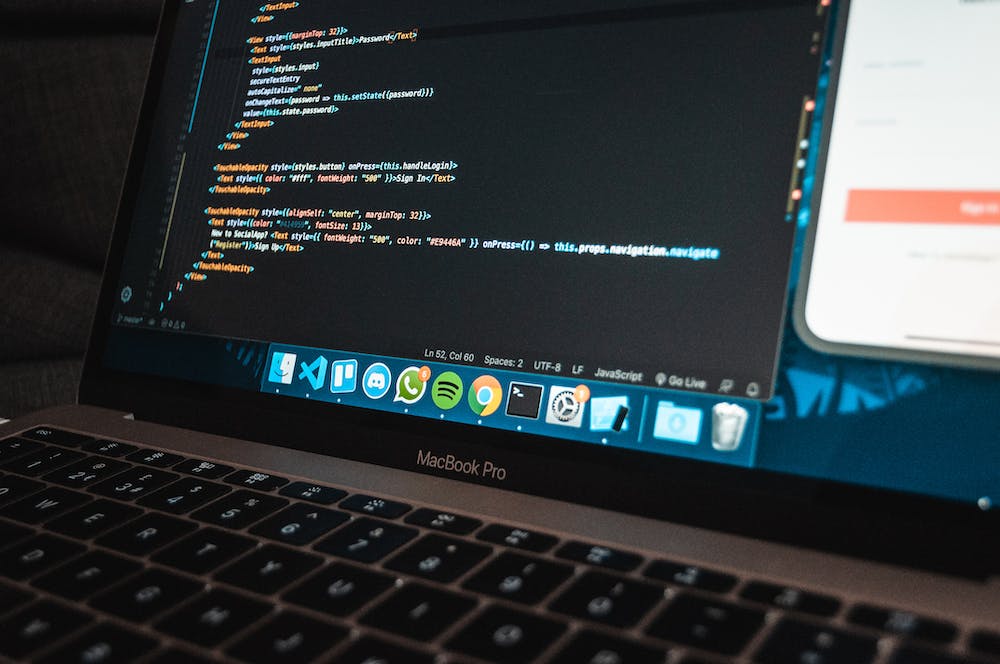
Setting up a localhost PHP development environment is essential for web developers to test and debug their code before deploying IT to a live server. In this guide, we will walk you through the process of setting up a localhost PHP development environment on your computer, step by step.
Step 1: Install a Local Server software
The first step in creating a localhost PHP development environment is to install a local server software on your computer. There are several options available, such as XAMPP, WAMP, or MAMP. These software packages include Apache, MySQL, and PHP, which are essential for running PHP scripts on your local machine. For the purpose of this guide, we will use XAMPP as an example.
To install XAMPP, go to the official Website (https://www.apachefriends.org) and download the installer for your operating system. Follow the on-screen instructions to complete the installation process.
Step 2: Configure the PHP Environment
Once XAMPP is installed, you will need to configure the PHP environment to set up your development environment. Locate the php.ini file in the XAMPP installation directory and open it in a text editor. You can configure various settings in the php.ini file, such as error reporting, file uploads, and time zone. Make the necessary changes according to your development needs and save the file.
Step 3: Create a Project Directory
Next, create a project directory in the htdocs folder within the XAMPP installation directory. This is where you will store all your PHP files and assets for your development projects. You can create subdirectories within the project directory to organize your files and assets more effectively.
Step 4: Start the Apache and MySQL Services
After configuring the PHP environment and creating a project directory, you will need to start the Apache and MySQL services in XAMPP. Open the XAMPP control panel and click on the “Start” buttons next to Apache and MySQL to initiate the server and database services.
Step 5: Test Your PHP Setup
To test your localhost PHP development environment, open a web browser and enter the following URL in the address bar: http://localhost/your_project_directory/. Replace your_project_directory with the name of your project directory. If everything is set up correctly, you should see a list of files and folders within your project directory displayed in the web browser.
Step 6: Create and Edit PHP Files
Now that your localhost PHP development environment is up and running, you can start creating and editing PHP files within your project directory. You can use a text editor or an integrated development environment (IDE) to write your PHP code and save the files in the project directory. You can also create subdirectories within the project directory to organize your PHP files more effectively.
Step 7: Test Your PHP Scripts
After creating and editing your PHP files, you can test your PHP scripts by accessing them through the web browser. Enter the URL of the PHP file in the address bar of the web browser, for example, http://localhost/your_project_directory/file.php. Replace your_project_directory with the name of your project directory and file.php with the name of your PHP file. If the PHP script is working correctly, you should see the output of the script displayed in the web browser.
Conclusion
Creating a localhost PHP development environment is an essential step for web developers to test and debug their code before deploying it to a live server. By following the step-by-step guide outlined in this article, you can set up a reliable and efficient localhost PHP development environment on your computer. With the right tools and configurations, you can streamline your development process and build high-quality PHP applications with ease.
FAQs
Q: Can I use other local server software instead of XAMPP?
A: Yes, there are several other options available, such as WAMP and MAMP. The process of setting up a localhost PHP development environment is similar across different local server software.
Q: Do I need to change any settings in the php.ini file?
A: It’s recommended to review and adjust the settings in the php.ini file according to your development needs, such as error reporting, file uploads, and time zone.
Q: Can I use an IDE for PHP development in the localhost environment?
A: Yes, you can use an integrated development environment (IDE) like PhpStorm, Visual Studio Code, or Sublime Text for PHP development in the localhost environment. IDEs offer powerful features for writing, testing, and debugging PHP code.





